- Call us: 01444 237070
- Contact Us
- Stores
- Sign In / Register
-
- Back
- Used Cameras
- Used Accessories
- Used Lenses
- Used Video
- Used Film Equipment
- Used Stock Alert
- Used Blank Test
- Sell or Part Exchange
- Used Clearance
- Recently Added Used Equipment
- Park Picks
- All Used Black Friday Deals
- Faulty
- Trade-In
- Blog
- New in
- Call us
- Contact us
- Stores
- Sign in
- Categories
- Tips & Inspiration
- Reviews
- News
- Events
- Features
- Buying Guides
- Competitions
Canon RF 100-500mm Lens Review
The Canon RF 100-500mm f/4.5-7.1 L IS USM Lens needs no introduction, having garnered widespread acclaim among photographers as one of the most versatile super telephoto zoom lenses for the EOS R mirrorless system.
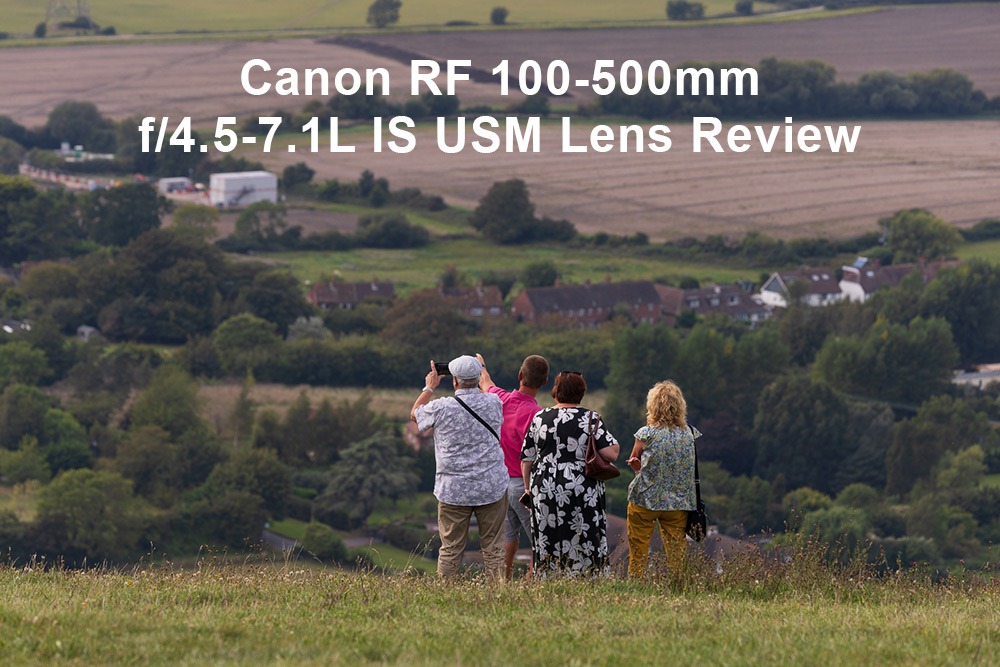
Canon kindly agreed to loan us this lens together with the RF 600mm and the mighty EOS R5 camera – which all came out around the same time, in order to produce a hands-on Canon RF 100-500mm lens review. The aim was to capture a variety of telephoto subjects including wildlife, bird photography, landscapes and general nature photography.
Having had a first look when 3 RF super telephoto lenses launched back in July 2020, we were excited to put this popular RF lens through its paces and find out just what it can do as a general purpose ‘mega-zoom’ or super telephoto zoom.
Whether you're an experienced professional or an enthusiastic amateur, we shed light on how the Canon RF 100-500mm lens can elevate your craft and help you capture more memorable moments in your work.

Cat during first light @324mm. Camera settings: 1/500 sec. f/6.3 ISO 8000
Canon RF 100-500mm lens key features
Before we dive into the review it’s worth recapping some of the RF 100-500mm lens’ key features.
- Adaptable zoom range for different applications
- High image quality rendered by Super UD and UD elements
- Fast AF performance from the Dual Nano USM motor
- Relatively lightweight for handholding (1.53 kg)
- Compact 207mm length when zoom is retracted (extending zoom design)
- Customisable lens control ring
- Manual focus ring which can override AF
- Combined IBIS and Optical Image Stabilisation (IS) of 5-stops
- Minimum focus distance 0.9m at wide end and 1.2m at tele end
- Maximum 0.33x magnification
- Dust and water seals
- Compatible with Canon RF Extender 1.4x and 2x RF Extender (not tested)
- 77mm lens filter thread
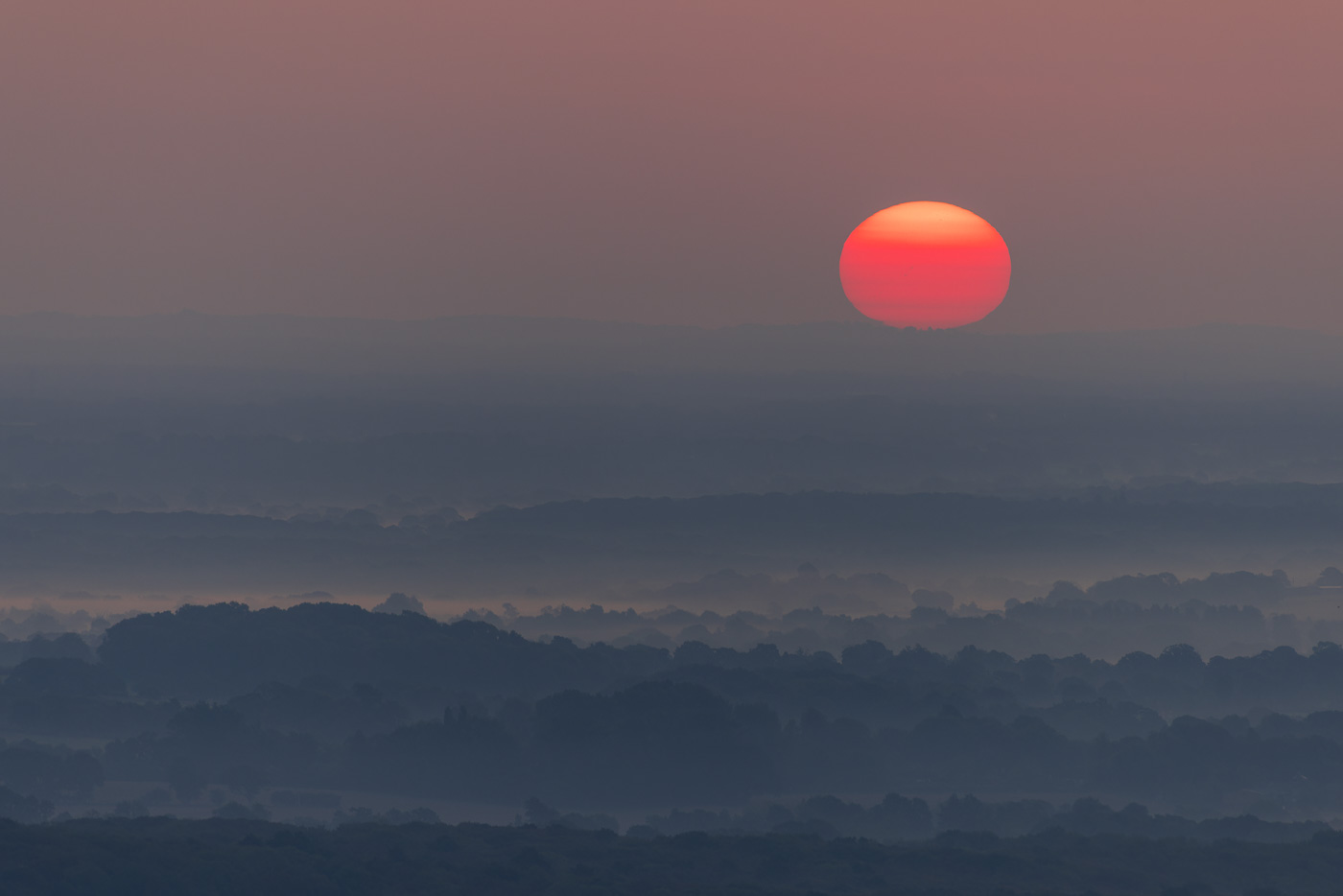
Sahara dust sunrise @500mm (handheld). Camera settings: 1/160 sec. f/7.1 ISO 400
What does the L stand for in RF 100-500mm f/4.5-7.1 L IS USM?
L stands for Luxury and denotes the highest quality among Canon lenses, which are typically used by professional photographers and advanced enthusiasts. When considering what to look for in a camera lens, we’d suggest this zoom is aimed at users who capture suitable telephoto subjects relatively frequently.
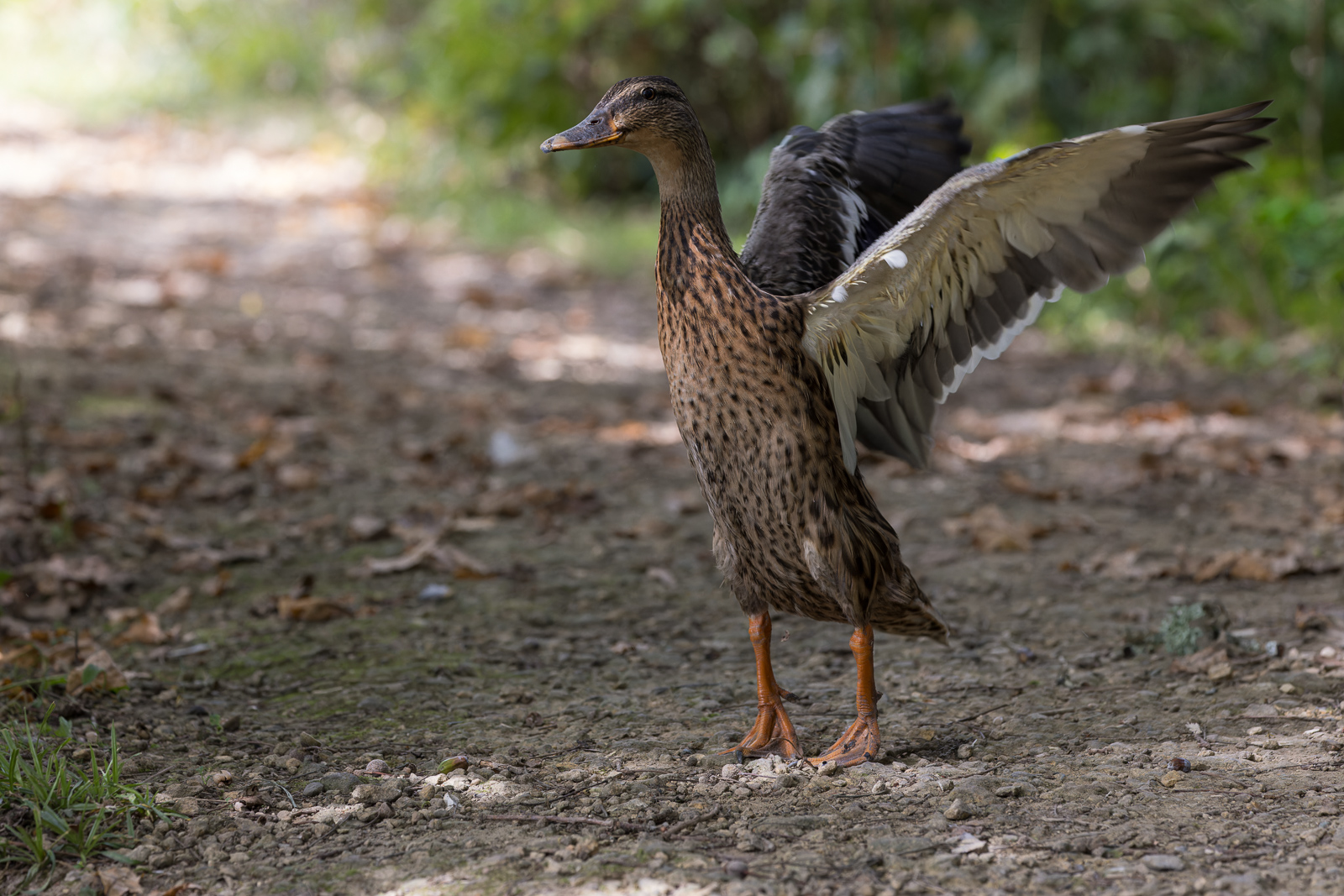
Rise and shine ducky @200mm. Camera settings: 1/640 sec. f/7.1 ISO 4000
What is the RF 100 500 used for?
With a short telephoto to super telephoto zoom reach, the Canon RF 100-500mm Lens can be used for a variety of general-purpose telephoto needs. It’s especially versatile for wildlife photography, bird photography, sports and aviation, however the range and close focusing makes it an excellent choice for landscapes and close-up nature photography.
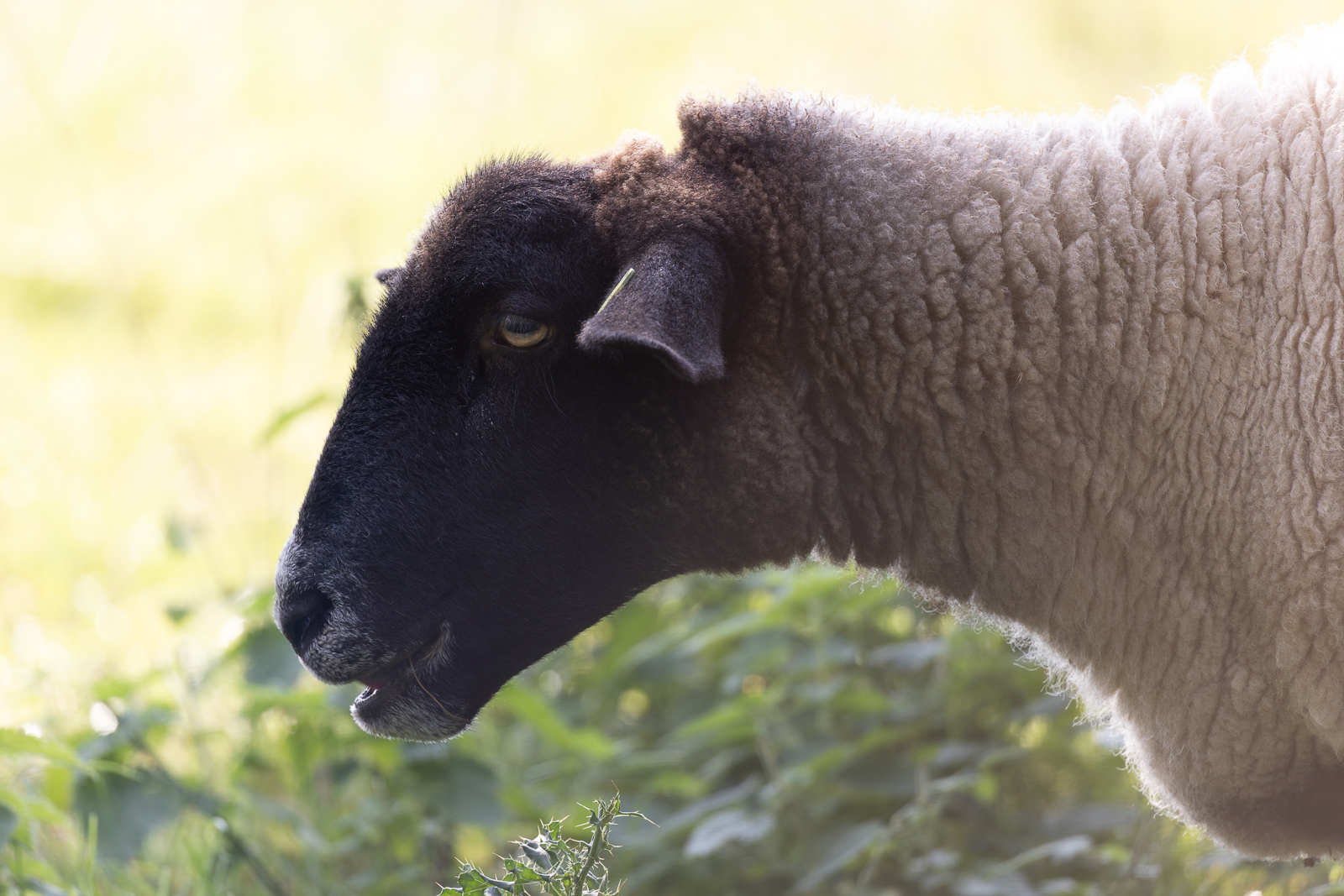
Sheep @500mm. Camera settings: 1/400 sec. f/7.1 ISO 800
What is the weight of the Canon RF 100 500?
The weight of the Canon RF 100 500mm lens is 1.53kg, which is perfectly manageable for handholding, scoping shots, and seeking out subjects. You can easily shoot without a tripod or monopod, although you may prefer one for sporting events and longer shoots in a hide or other static location.
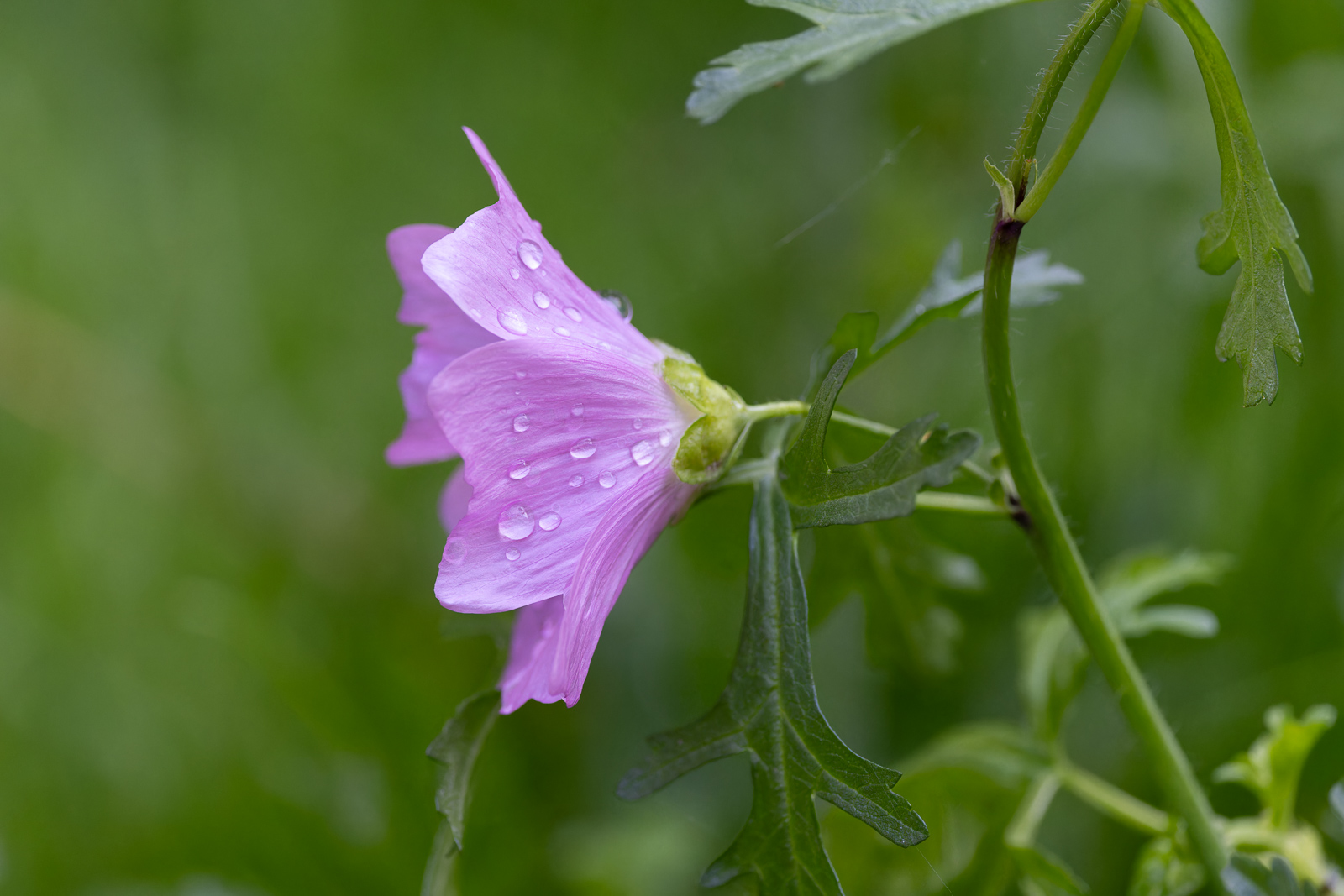
Petals after rain close focusing @500mm. Camera settings: 1/500 sec. f/7.1 ISO 6400
What is the minimum focus distance for RF 100 500?
Canon’s super-zoom lens shines in a number of areas, however the 0.9m (wide) and 1.2m (tele) minimum focus distance for the RF 100 500 really sets it apart. When combined with the high 0.33x magnification, you can achieve beautiful close-ups and tele-macro shots, filled with sharp details.
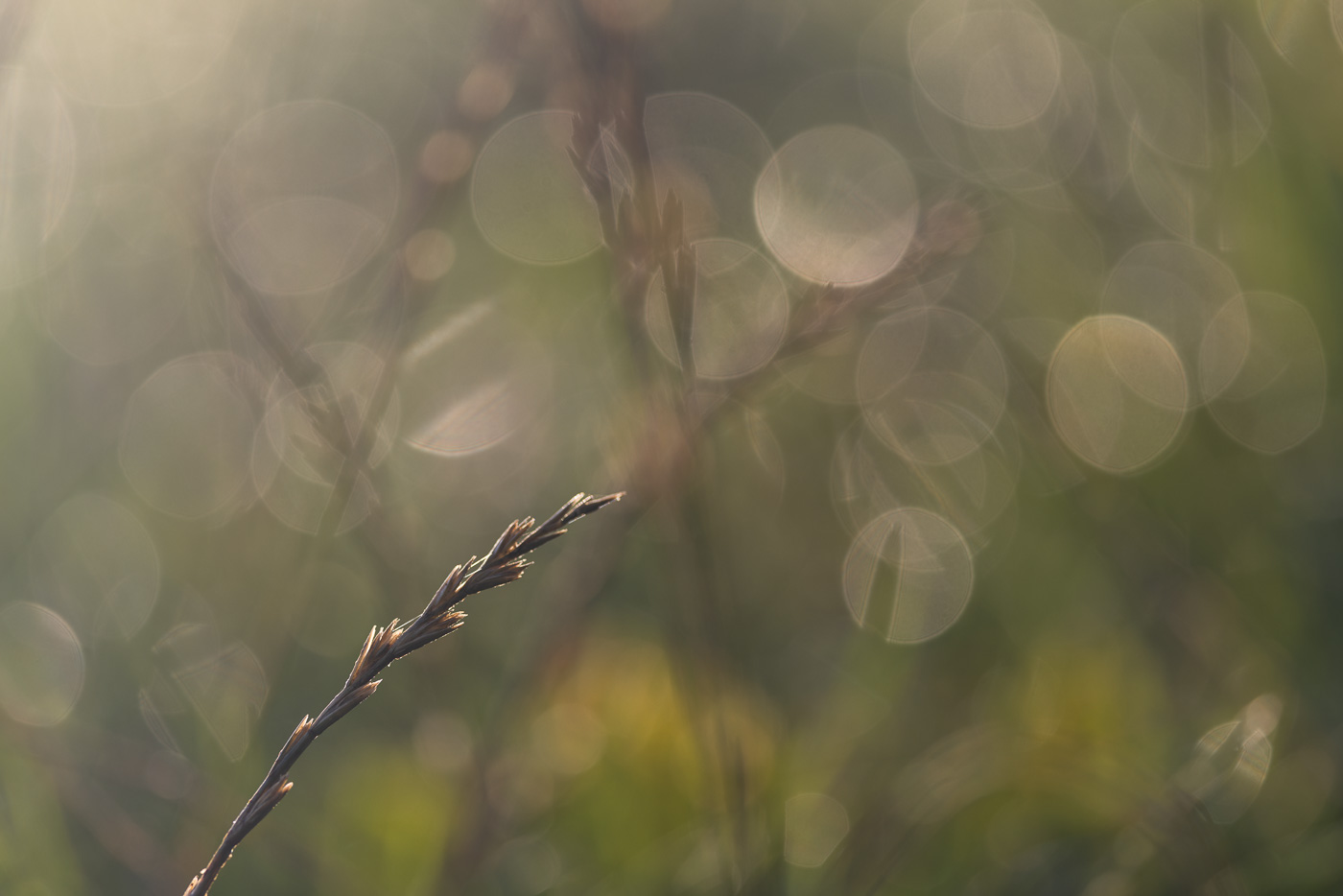
Bokeh-licious @343mm. Camera settings: 1/320 sec. f/5.6 ISO 160
How is the RF 100-500mm bokeh and background blur?
With an f/4.5 - f/7.1 variable aperture you may assume you can’t capture silky-smooth backgrounds with this lens. However, by positioning the subject closer to you and further from the background, there’s no end to the soft blur the Canon RF 100-500mm f/4.5-7.1 L IS USM portrays.
It creates beautiful defocus areas with rounded bokeh balls, which are rendered by 9 circular aperture blades, showcased by the bokeh test image here. The image does show mild cats-eye towards the edges of the frame, however the overall look which this lens produces is extremely pleasing, with well controlled spherical aberration.
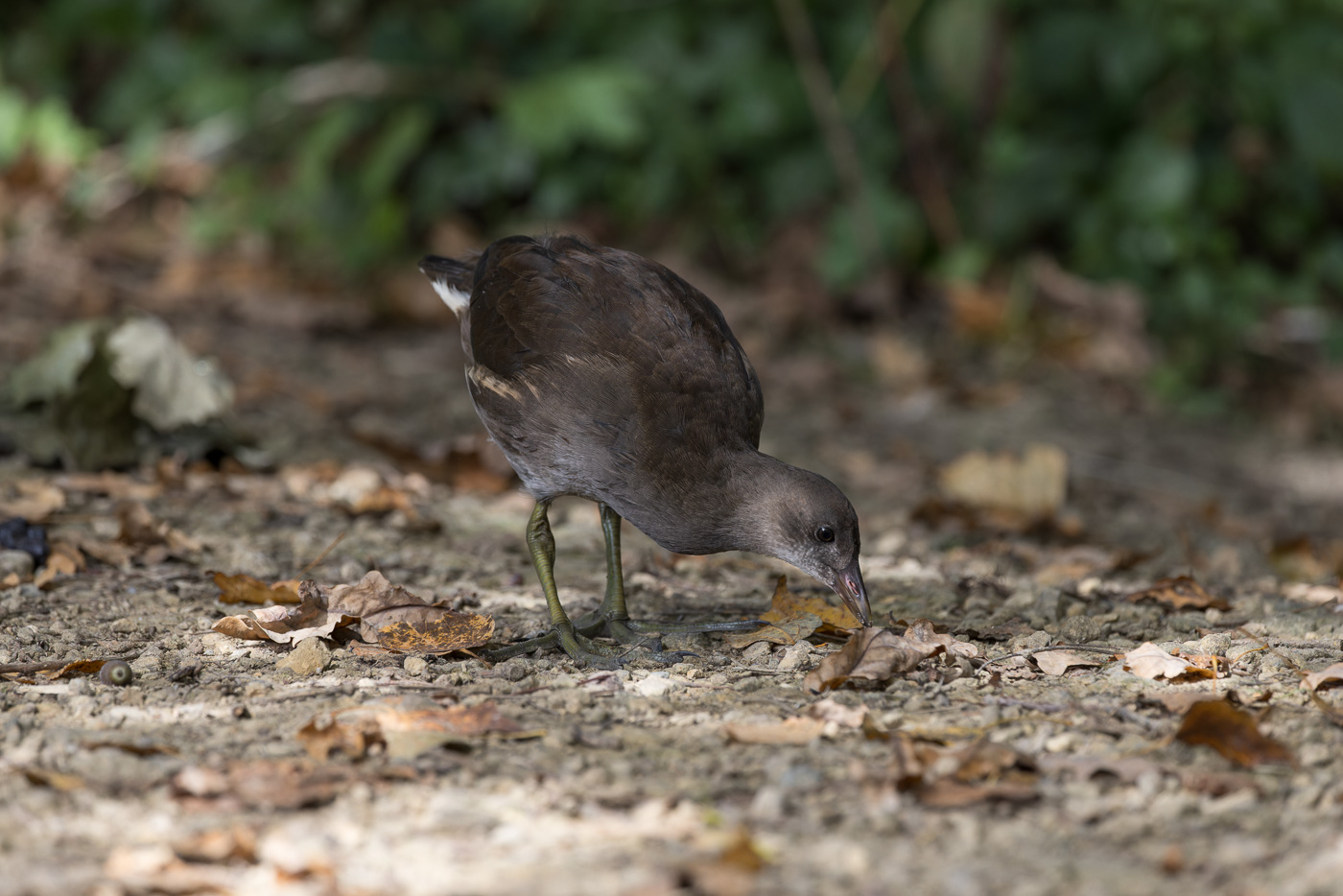
Foraging @400mm. Camera settings: 1/640 sec. f/7.1 ISO 2000
Canon RF 100-500 image quality
Thanks to UD lens elements, ASC coatings and 5-stop image stabilisation, the Canon RF 100-500mm lens captures excellent image quality with high contrast and sharpness. When combined with the high resolution (45 megapixel) R5 sensor and fast AF, I came away with several images, which might otherwise have been missed.
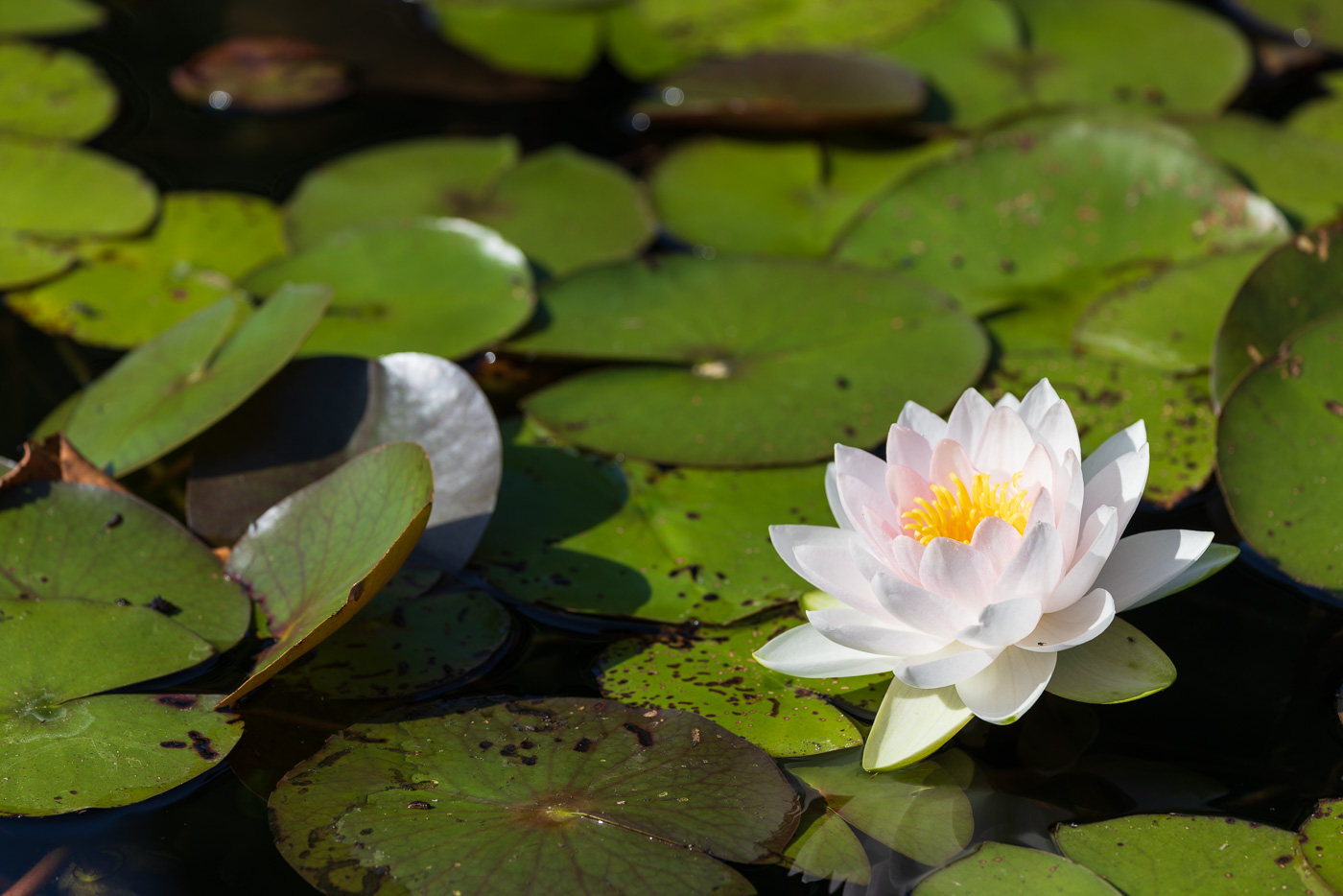
Lily (cropped) @200mm. Camera settings: 1/400sec. f/6.3 ISO 100
RF 100-500 lens in the field
With tips about photographing local wildlife by Danny Green in the back of my mind, I headed out to my local nature reserve, nearby landscapes and fields to scope out any interesting subjects. While I didn’t find especially exotic animals and birds, I was happy to simply explore and shoot.
The lens performed exceptionally well and I noted that the zoom range is particularly versatile, offering an extra 100mm compared to the more cost-effective RF 100-400mm F/5.6-8 IS USM Lens. This provides a significant advantage, especially if paired with one of Canon’s mirrorless lens extenders, although I didn’t have one to test during my time.

Autumn vibes @324mm. Camera settings: 1/320sec. f/5.6 ISO 640
Naturally I captured some scenic shots while I had the chance, as I love telephoto landscape photography, and I was surprised at how well the lens focused in low light, low contrast situations, when paired with the Canon R5 camera body. It didn’t need to hunt as much as other lenses sometimes do and it nailed absolutely pin sharp focus during sunrise, almost without exception.
For birds and wildlife the lens’ AF performed jut as well, tenaciously tracking subjects as they wandered around the frame. I was responsible for some user errors such as shooting at too slow speeds when photographing in Manual mode, which caused occasional shakiness in results, whereas Auto maintained excellent results throughout.

Sunset landscape @159mm. Camera settings: 1/400sec. f/8 ISO 1000
The ability to manually override AF with the MF ring was very useful during certain situations, for example where I wanted to push past foliage or bring the focus range closer quickly. Simply set Electronic full-time MF in the menu and you’re good to go with that feature. On the subject of autofocus, Canon’s USM is virtually silent when shifting the lens’ focus group, and quick enough to keep pace with everything I encountered, despite the long range between minimum to infinity.
Canon leads the market with the effectiveness of camera body and lens image stabilisation, which is reiterated by the RF 100-500 lens’ 5-stop IS. In practice this enabled me to capture shots handheld at speeds as low as 1/160 second or even slower when fully zoomed in at 500mm. This would not have been possible just a few years ago, and opens up a new world of possibilities to adjust your compositions and shoot far more freely without a support system.
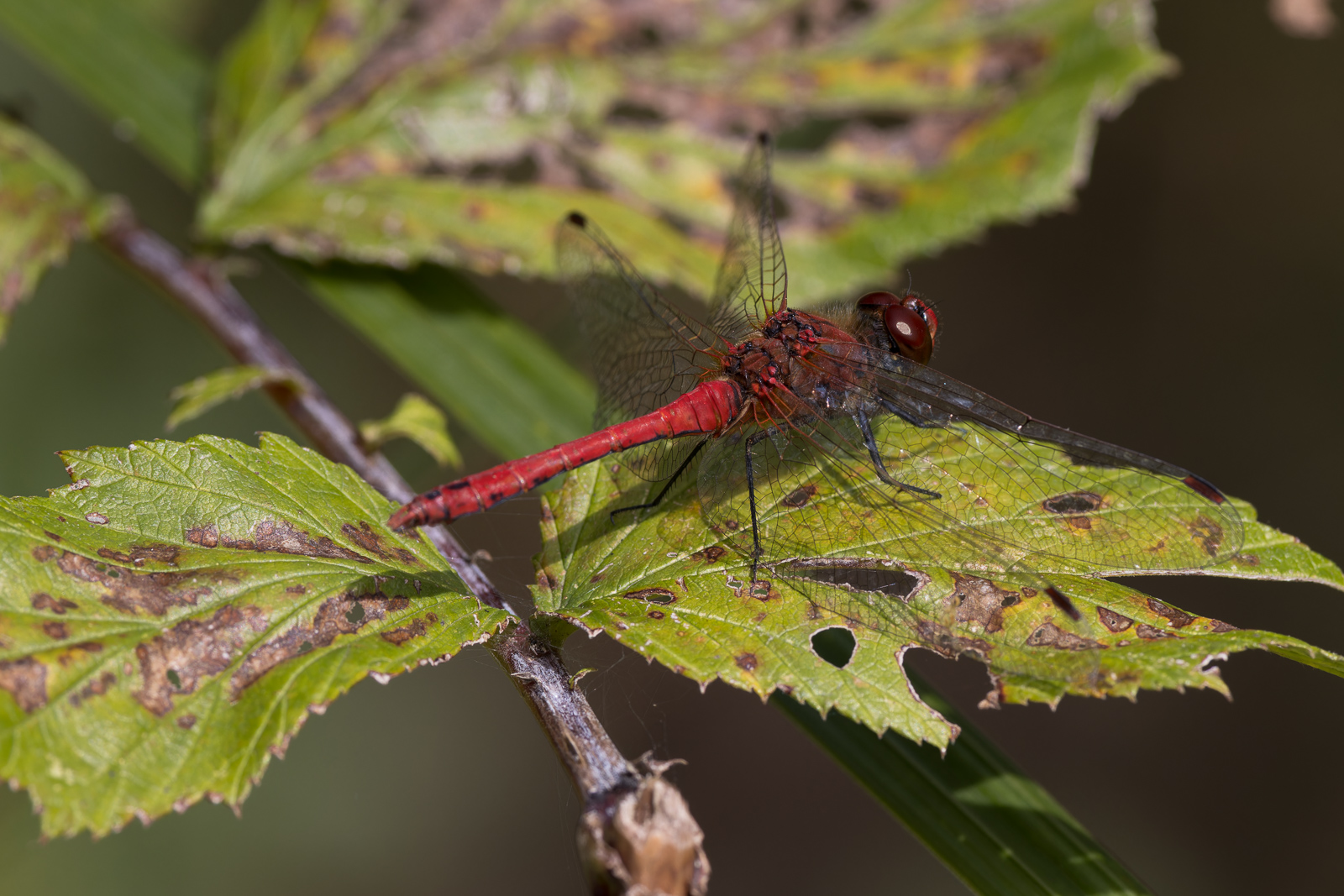
Dragonfly in harsh light (cropped) @500mm. Camera settings: 1/1000sec. f/11 ISO 1000
Canon RF 100-500mm sample images
Although no wildlife photographer, I love being out in nature and took this opportunity to capture as many Canon RF 100-500mm sample images as possible, across a variety of telephoto genres. All of the samples are cleaned with AI noise reduction, some are cropped as noted, aside from which they have only minor editing.
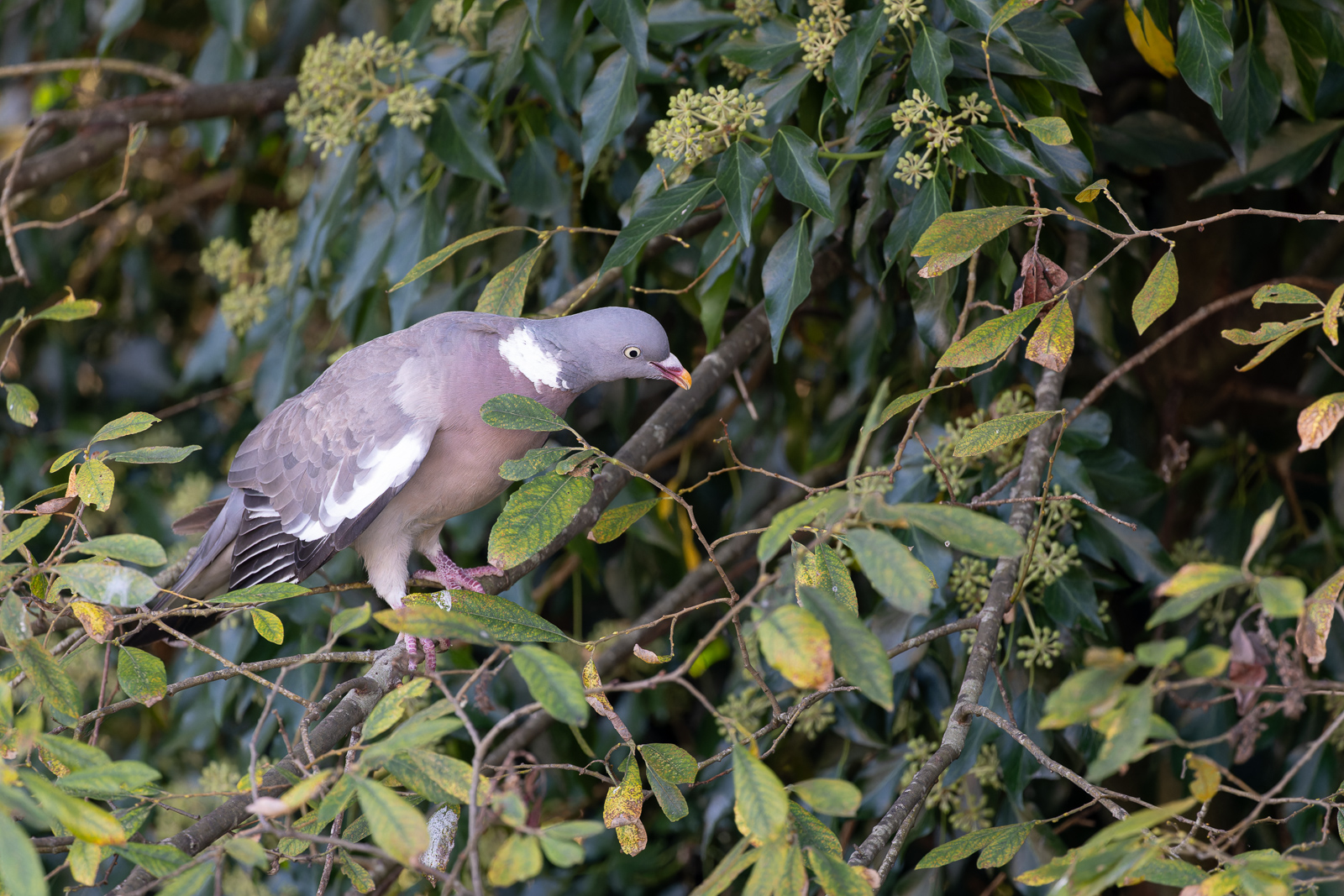
Wood pigeon (cropped) @500mm. Camera settings: 1/400sec. f/7.1 ISO 6400
Best Canon RF 100-500mm lens accessories
There are plenty of accessories for the RF 100-500mm lens. If you want longer range you can choose from the RF Extender 1.4x and 2x RF Extender, which increase the focal width up to 700mm and 1000mm respectively. The 77mm front filter thread also enables you to add lens filters.
At the longer zoom end the effects of UV haze can become more apparent, which can be reduced by a high-quality UV lens filter such as the Hoya 77mm HD II UV Filter. Similarly you might need a circular polarising filter in certain conditions outdoors, in which case try the comparable Hoya 77mm HD II Circular Polarising Filter, or more cost-effective Hoya 77mm Fusion One Next PL-CIR.
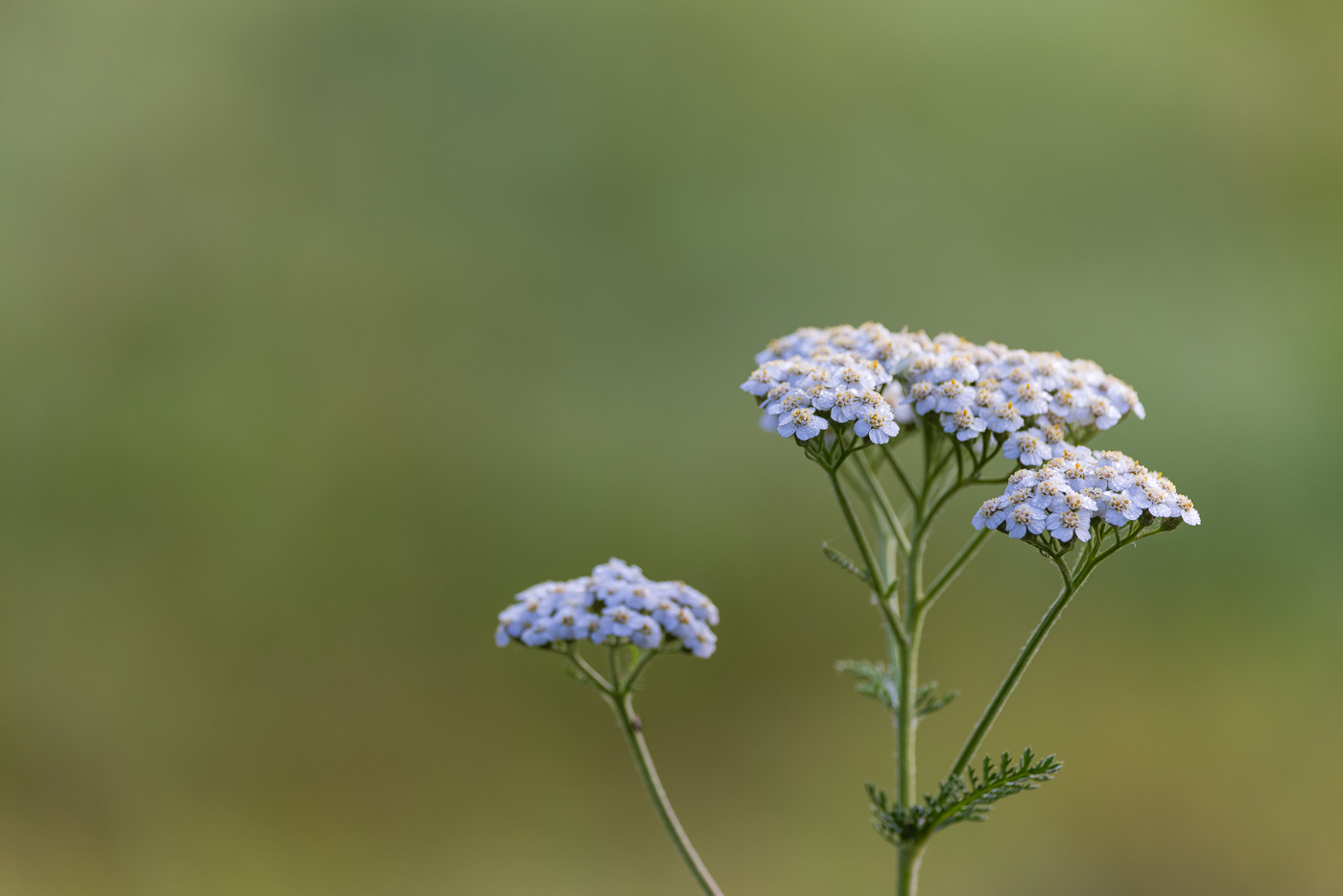
Smooth background defocus @363mm. Camera settings: 1/320sec. f/5.6 ISO 500
The Canon Lens Case LZ1328 is a good option when stowing and transporting the lens, and you’ll want to clean the lens front and rear elements by using a dust blower, followed by something like the ZEISS Lens Cleaning Kit, which will last for ages.
In my short time with this telephoto lens I can honestly say that it lived up to the hype, and is almost certainly the most versatile and accomplished super telephoto, which I have ever had the pleasure of shooting with.
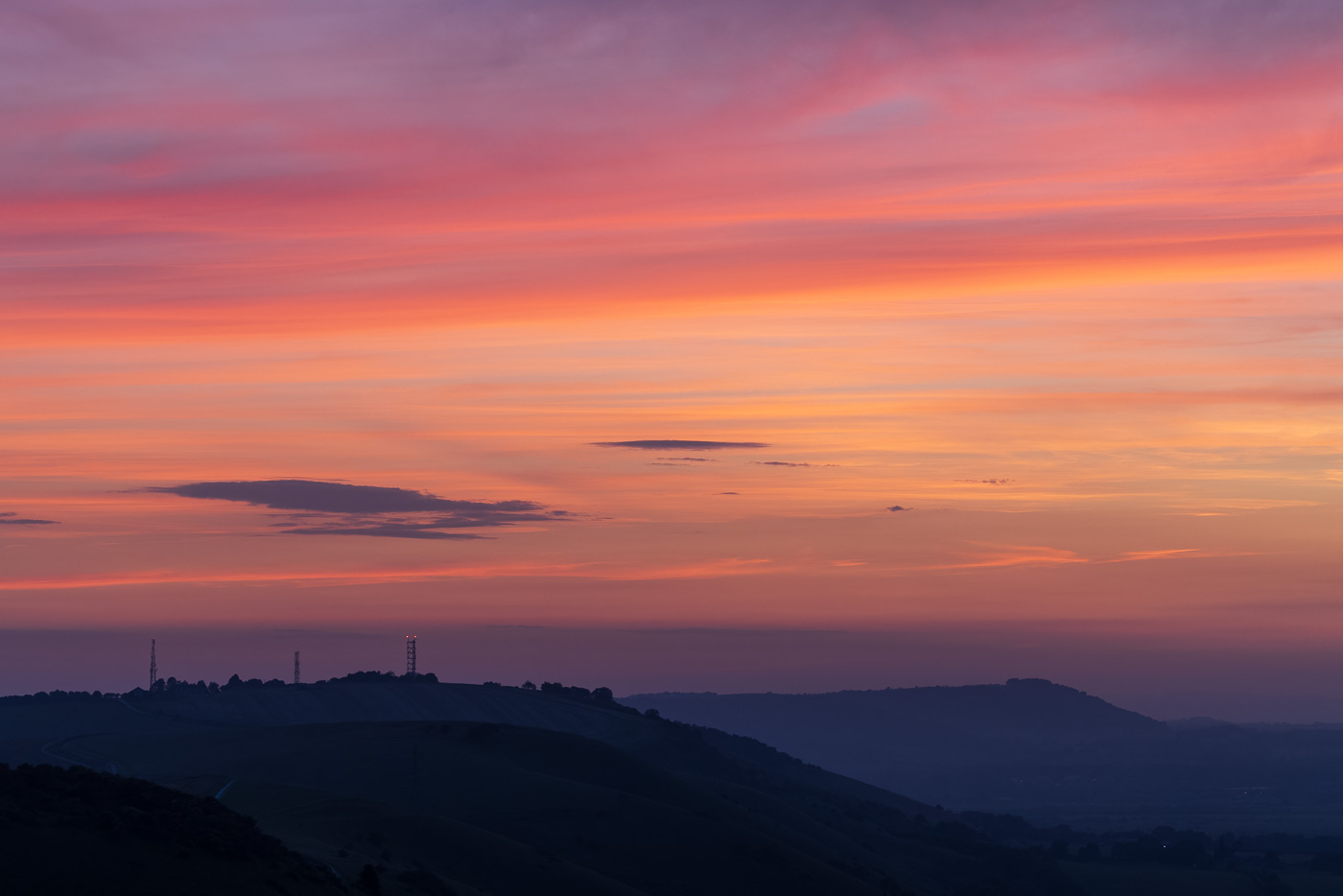
Classic Canon sunset reds (handheld) @100mm. Camera settings: 1/160sec. f/7.1 ISO 1000
The Many Possibilities of a 100-500mm Lens | Tutorial Tuesday
From landscape photography to portraits and a whole host of other genres, there is a lot you can do with a lens like this, which Gareth discusses in our video here.
It may not be the lightest, nor does it have the widest aperture, but its combination of fast AF, rock-steady IS, L-series build quality and useful zoom range makes it a standout option, which will definitely help you capture gorgeous results across a variety of situations.
Order your Canon RF 100-500mm f/4.5-7.1 L IS USM Lens today and embark on a creative journey, which will take your telephoto photography to new heights.
Share this post:
By Nick Dautlich on 05/10/2023
Nick Dautlich
Senior Content Writer and Product Reviewer
Nick Dautlich is the Senior Content Writer and Product Reviewer at Park Cameras, with over 15 years of photography experience. A Sony Imaging Professional and expert reviewer, Nick has worked with major brands such as Canon, Sony and Nikon. His work is also featured on Vanguard World UK’s website, Capture Landscapes, and Shutter Evolve. Nick’s photography includes National Trust projects and magazine covers and he is passionate about landscapes and storytelling. Nick also enjoys hiking and teaching his children about nature. Learn more on his profile page.

Trade in your old equipment
Fast and easy trade in service ensures your old gear is collected efficiently and you are paid quickly! It's very simple to trade in your unwanted photography gear. Just head over to our dedicated Sell or Part Exchange page, fill out the details, and we'll get back to you with an offer for your old gear. Take the cash, or put it towards the cost of your new gear. It's up to you! Find out more
sign up to the newsletter
Keep up to date on the latest photography news, events and offers. Sign up now
